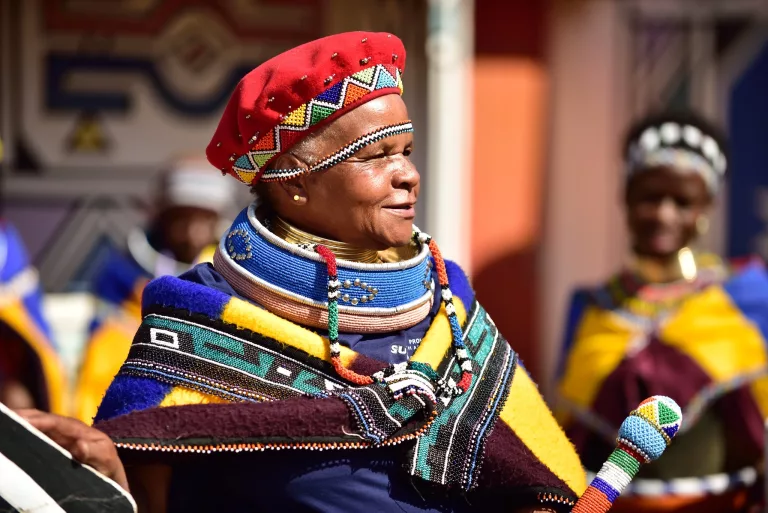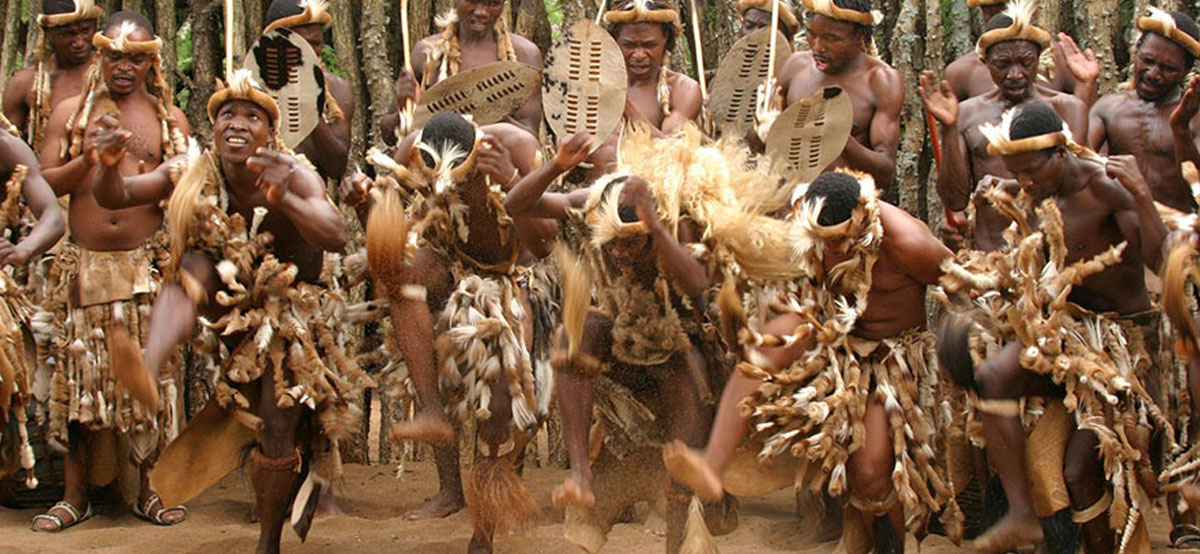The Single Strategy To Use For South African Culture Today
Table of ContentsSouth African Culture Today Can Be Fun For EveryoneSome Known Factual Statements About South African Culture Today Rumored Buzz on South African Culture TodayA Biased View of South African Culture TodayNot known Factual Statements About South African Culture Today What Does South African Culture Today Do?
This adheres to with vocal singing and drum whipping. The bride-to-be and groom after that fulfill with the senior citizens and speak about the significance of their union. A matter of relevance in Zambian villages is the diing of liked ones. All participants of the town put money, effort and time with each other for the funeral of the deceased.Songs and dance is an extremely crucial facet of the Zambian society. The different tribal systems have their own dance kinds; however, makishi is typical amongst all tribes.
The Buzz on South African Culture Today
When it pertains to music, drums are made use of the most, with a variety of drumming events. In Zambia, majority of the individuals are Christian; Protestant and Roman Catholic. There are small groups of Muslims and Hindus, with the remainder adhering to regional native tribal ideas.

South African heritage and society is greatly varied, and contains several teams of individuals who each have their own practices and ideas. Having such a variety of people and societies is what makes South Africa so one-of-a-kind. In truth sense of the phrase, we are a rainbow nation.
South Africa has approximately 3 hundred thousand Portuguese individuals residing in it. Making it the 7th on the listing of countries with the most Portuguese people in it outside of Portugal. Portuguese is not only a society, but it is also a language and a nationality. Portuguese people stem from the country of Portugal in Europe, nevertheless, because of Portugal (like many various other nations in Europe) discovering the globe and conquering various other countries throughout the 15th 20th centuries, South Africa has what we call Portuguese South African's living in it.
The Definitive Guide to South African Culture Today
Among the famous functions of the topography is a plateau that covers virtually 2 thirds of the center of the nation. The plateau complex climbs towards the southeast, where it culminates in the Drakensberg array, component of a cliff that separates the plateau from the coastal locations. The Drakensburg includes Sparkling wine Castle, the greatest optimal in the nation.
The area north of the Witwatersrand, called the bushveld, slopes downward from eastern to west towards the Limpopo River, which creates the global border. The western area of the plateau, the middleveld, additionally descends in the direction of the west and differs in elevation between the highveld and bushveld. In between the Drakensburg and the eastern and southern coastline, the land descends to the sea.
Nearer the coastline there is a low-lying plain called the eastern lowveld. Southwest of the plateau the country ends up being gradually much more arid, paving the way to the hostile desert of the Great Karroo, surrounded on the eastern by the lower, much better sprinkled plateau of the Little Karroo. Dividing the completely dry southern inside from the sandy coastal of the southern coast and West Cape is another variety, the Langeberg.
All about South African Culture Today
The country's racially, ethnically, and politically separated background has actually generated national and subnational signs that still work as signs of the country, and others icons that are accepted just by particular teams. The monuments to white settler conquest and political supremacy, such as the Afrikaner Voortrekker ("leader") Monument in Pretoria and the Rhodes Monument recognizing the British colonial realm contractor and Cape head of state Cecil Rhodes, continue to be sectarian signs.
The very first modern-day residents were the San ("bushman") hunter-gatherers and the Khoi ("Hottentot") peoples, who rounded up livestock (South African culture today). The San may have existed for thousands of years and left proof of their visibility in countless old cave paintings ("rock art"). Bantu-speaking dig this clans that were the ancestors of the Nguni (today's amaZulu, amaXhosa, amaSwazi, and vaTsonga peoples) and Tswana-Sotho language teams (today's Batswana and Southern and Northern Basotho) moved down from east Africa as early as the fifteenth century

Both previous republics of the Orange Free State and Transvaal (South African Republic) were developed by Afrikaner settlers who beat and dispossessed the Basotho and Batswana. Lesotho would have been forcibly integrated into the Orange Free State without the extension of British security in 1869. The utmost unification of the nation resulted from the the original source South African War (18991902) in between the British and both Afrikaner republics, which reduced the nation to spoil at the beginning of the twentieth century.
Afrikaners traditionally considered themselves the only true South Africans and, while giving full citizenship to all residents of European descent, denied that status to individuals of color till the democratic transition of 1994. British South Africans keep a sense of cultural and social link to Great Britain without weakening their identity as South Africans.
Everything about South African Culture Today
The variety and fragmentation within ethnic groupings and the balance of tensions between those teams throughout the twentieth century stopped interethnic civil conflict. While intergroup stress over sources, entitlements, and political supremacy stay, those problems are as most likely to pit Zulu versus Zulu as Zulu versus Xhosa or African against Afrikaner.
From colonial India, British vendors and managers brought the curved steel decorative roofs and slim shoelace job columns that still epitomize the verandas of homes in the areas and cities throughout the country. Holy places add an essential architectural aspect even in the tiniest towns. In addition to the skyrocketing steeples and classic stonework of Afrikaans Dutch Reformed churches, Anglican churches, synagogues, mosques, and Hindu shrines supply selection to the spiritual building scene.

Butchering and the developing of standard cereal beer are crucial in protecting the participation and goodwill of the forefathers who are considered the guardians of good luck, prosperity, and well-being. Indian neighborhoods keep their native cooking customs and use them on Islamic and Hindu routine and ritualistic celebrations. Afrikaners and Coloured individuals gather at weekend breaks and special celebrations at multifamily barbecues called braais, where neighborhood bonds are reinforced.
Because this was the primary economic enterprise of both black Africans and white homesteaders, problem between those teams fixated the ownership of grazing land and animals. In 1867, the biggest ruby down payments on the planet were found at Kimberley in the west main area. The wealth from those areas aided fund the exploitation of the greatest gold coral reef on the planet, which was found on the Witwatersrand in 1886.
An Unbiased View of South African Culture Today
This resulted in misunderstandings and deliberate misstatement in the dealings of white settlers and federal government officials with African Our site chiefs during the early american duration (South African culture today). In the establishment of African gets, some aspects of common and mainly "tribal depend on" land period were protected, and even in white rural locations, types of public tenure were still exercised in locations with African neighborhoods
After the democratic improvement of 1994, programs for land restitution, redistribution, and reform were set up, however development has been slow-moving. The white minority still manages eighty percent of the land. In the wake of agricultural land invasions in Zimbabwe, the Division of Land Affairs has vowed to speed land redistribution.